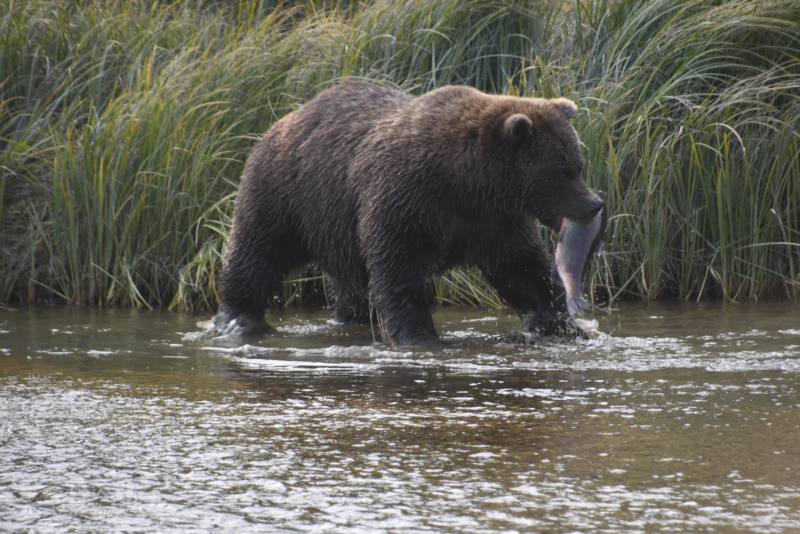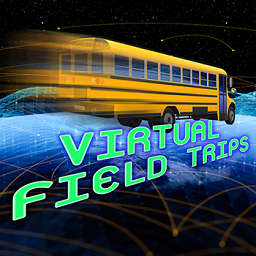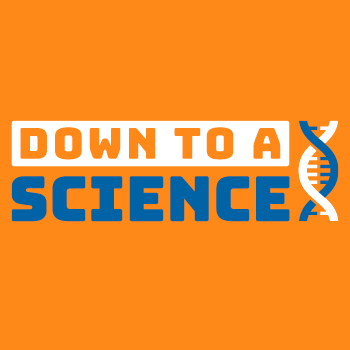Not to worry. I wouldn’t give you all of this information if I didn’t have a simple solution for you. Take a deep breath. Are you ready? You just have to ELIMINATE all of your stress! Isn’t that helpful? It’s OK, I scoffed at that too when I read it. It is not a possibility, and wouldn’t even be good for us. I don’t know about you, but I would like to be alert in the presence of a bear! So what can we do? Thankfully, there are dozens of strategies that can help us cope with our stress response and mitigate our anxiety when it becomes difficult to manage.
My favorite strategies are those that help you to use biology to your advantage! Kelly McGonigal, a health psychologist, explains how to do just that in her TED Talk, “How to Make Stress Your Friend.” She sees stress as a surge of energy preparing you to engage, framing it in a positive and helpful light and essentially offering her thanks. After all, we like the stress response when we are on a rollercoaster (well, some of us). It turns out, the way you think about stress matters! In her talk, she summarizes several studies that suggest that stress may only be bad for you if you see it as the enemy. Those that reframed their stress in a positive way had less health issues even under extreme stress. They also had a healthier stress response. Studies show that when we change our minds about stress, we can change the way our bodies respond to it. Normally, our blood vessels constrict during stress, which is why it isn’t so great for our cardiovascular health. However, when people viewed their stress as helpful, their blood vessels stayed relaxed, which is how they look in moments of joy or courage. Their heart rate still increased, but in a healthier way!
Another science-based strategy that Kelly discusses in her talk is to reach out to others for help and social connection during times of stress. Believe it or not, your stress response is actually trying to help you with that already. Oxytocin, the adorably nicknamed “cuddle hormone”, is released during stress to help to protect you from its harmful effects. It helps to keep your blood vessels relaxed and actually helps your heart cells to heal after stress-induced damage! The best part is that these benefits increase when you connect with others. More oxytocin is released, and you become more and more resilient.
Another stress hack is to force your brakes to kick in, or to activate your parasympathetic nervous system. You can do this by simply breathing. Slow, deep breaths help to engage your built-in brake pedal. This can be even more effective when you exhale longer than inhaling. I find this 2-1-4-1 breathing strategy especially helpful. After inhaling for 2 seconds and holding for 1, you exhale for twice as long and pause once again. Then, let your parasympathetic nervous system do the rest of the work!
Here are a few of the other ways that you can help to reduce stress and anxiety:
Get out into Nature
This study found that just a 20-minute dose of nature was enough to reduce cortisol levels!
Get Plenty of Sleep
Not only can stress affect your sleep, but lack of sleep can make stress even worse. I am still trying to figure this one out.
Write Your Worries Down or Keep a Journal
Research has shown that just 8-10 minutes of writing can help calm your thoughts.
Use Your Senses as a Distraction
Since it can be near impossible to think your way out of anxiety, try to distract yourself with your senses. Listen to some music, smell your favorite food, run your hand along a textured piece of fabric, like Velcro or velvet.
Physical Activity
The studies are a bit all over the place here, but whether it helps mitigate symptoms or complications linked to stress, calms our brain, or just improves our overall health, it certainly is a plus!
One example of physical activity that is great for people of all ages and activity levels is Yoga. West Hartford Yoga has virtual classes that stream on their Facebook page. All past classes and upcoming class schedules can be found on their Facebook page.
Mindfulness Meditation
Doing this just 5-10 minutes a day can retrain your brain.
There are many meditation apps available for those who are looking for resources to get started. One app is the MediMind Meditation App. MediMind is a downloadable app for iPhone and Android devices. Free for 90 days.
Finally, and this one can make all the difference –
Recognize That Not All Stress is Created Equal
When stress is unpredictable, lacks a time limit, or if you are not receiving support, it can be harder to manage. Try different strategies, and remember this is a NORMAL part of the human experience. Let that commonality be a source of comfort for you. I know it is for me! Most importantly, ALWAYS ask for help whenever you need it. Even with all of these strategies, you might find that your stress or anxiety still feels unmanageable, or affects your daily functioning or mood. Once again, I am not qualified in any way to make diagnoses, but please don’t be afraid to reach out to a mental health professional if you have any questions or concerns.
Want more? Check out our full Science of Stress series
Read the Science of Stress: Realizing We Are Not Alone
Read the Science of Stress: Understanding Your Stress Response
One last thing… all of the stressful bear references didn’t seem fair, because I actually LOVE them. Here is one of my favorite pictures from a trip to Alaska. (This was taken with a sturdy zoom lens. Please don’t try to get this close to a wild animal.)

Stay connected! Be sure to subscribe to Down to a Science— The Official Blog of the Connecticut Science Center and follow us on social media.




